Advancing Peanut Oil’s Local Legacy
Liu Yingfeng / photos Lin Min-hsuan / tr. by Jonathan Barnard
August 2016
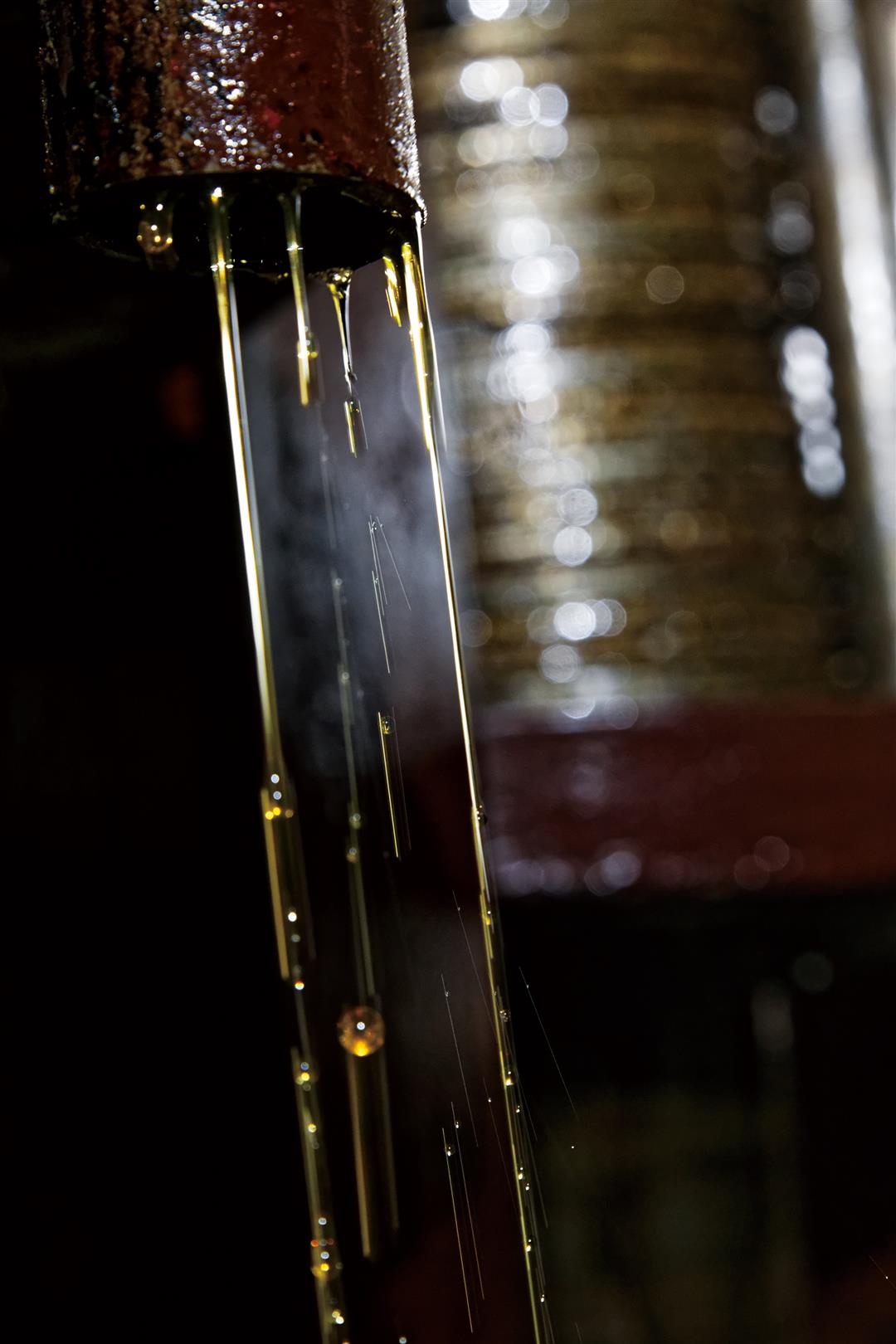
What kind of oil is known in Chinese as “fire oil”? Youngsters in Taiwan may well have no idea, but the older generation will have memories of the oil, for it accompanied them through an era of deprivation. It would release a hint of peanut scent as you mixed it with soy sauce into bowl after bowl of rice.
Peanut oil is known as “fire oil” because it contains vegetable waxes that provide a long-lasting flame when burned, making it suitable for lighting. According to Taiwan Historica, it wasn’t until the end of the Qing Dynasty, when peanut oil was replaced by cheaper kerosene as a lamp oil, that peanut oil came to be used mostly as a cooking oil by the lower classes.
“Consequently, peanut oil used to be called ‘the poor man’s oil,’” explains Chen Weiren, of Young Full Sesame Oil in Beigang, Yunlin County. As for the traditional oil pressers of today, they are quite like the oil millers of yesteryear, whom farmers in traditional agricultural society would hire to press oil from the peanuts they grew themselves. Chen’s ancestors moved into oil pressing to make ends meet for the family in an era of economic uncertainty, and the family has passed down its oil-making techniques to Chen Weiren and his brother Chen Weiji.
“The Dragon Boat Festival and the Mid-Autumn Festival are when peanuts are harvested, and oil pressing plants are generally busiest during those periods,” Chen says. Yet with the delayed harvest this year, the peak production period didn’t begin until after the Dragon Boat Festival. Like farmers, peanut oil pressers are dependent on the weather to make their living.
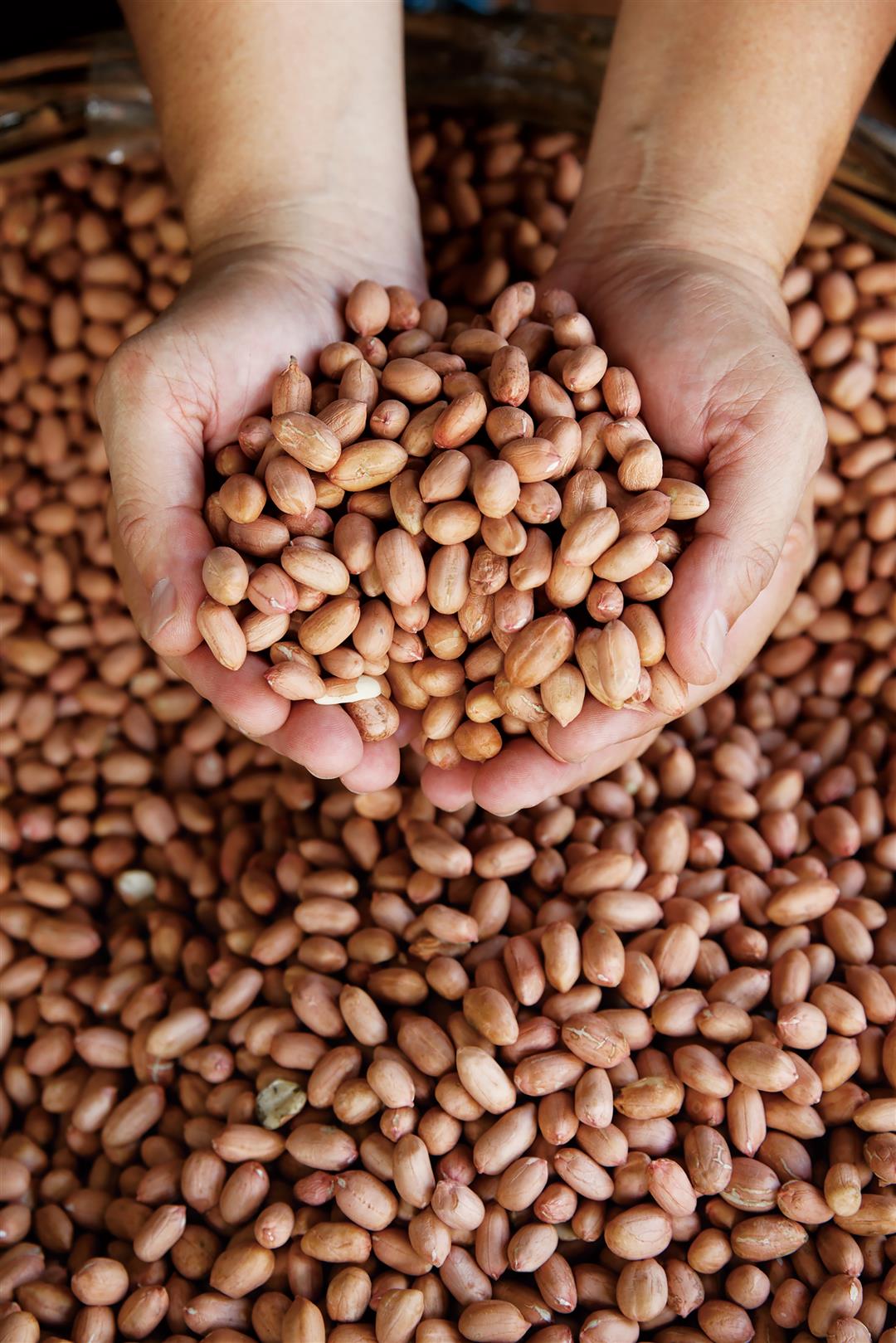
The quality of the harvested peanuts largely determines the quality of the peanut oil.
High quality oil: 70% the weather
Peanut oil is one of only three oils produced from local crops here in Taiwan, and the quality of the raw material is a huge determinant of the quality of the oil. “Just by looking at the peanuts in the fields, you can get a pretty good idea of the quality of that year’s peanut oil,” says Chen, speaking from experience.
Yet, even though the weather decides 70%, the remaining 30% is ultimately determined by the expertise that mills have acquired from their experience. Even the selection of peanut varieties entails extensive knowledge. Chen explains that more elongated peanuts have the least oil and are better suited to eating whole. Rounder, fatter peanuts have a higher oil content, generally around 35‡38%, and they are the type that he prefers for making oil. Currently, most of Taiwan’s peanuts grown for oil are planted in the Yunlin‡Taichung area. They are typically the thin-shelled, small-nutted, heavily scented variety “Tainan No. 9,” which is known as the “oil peanut” thanks to its high oil content.
Peanut oil’s era has been a long one, but the middle of it included a period of decline. In the 1970s and 1980s cheaper vegetable oils became widely used, so that peanut oil sales dropped precipitously. Chen Weiren points out that although harvesting machines can help to pick peanuts (as opposed to sesame seeds, which must be harvested entirely by hand), the peanut pressing process is still quite labor intensive, so that the price of the oil naturally remains high in comparison to oils for which the pressing process has been totally automated.
When combined with changing mass tastes, these higher production costs resulted in lower demand, which in turn thinned the ranks of traditional producers. Fortunately, with the adulterated oil scare of two years ago, quite a few consumers recalled how they used to consume peanut oil and inquired about good local oils. Though still short of its heyday, prospects for the peanut oil industry have improved somewhat. “If it hadn’t been for the food scare,” says Chen, “traditional producers might have all gone under.”
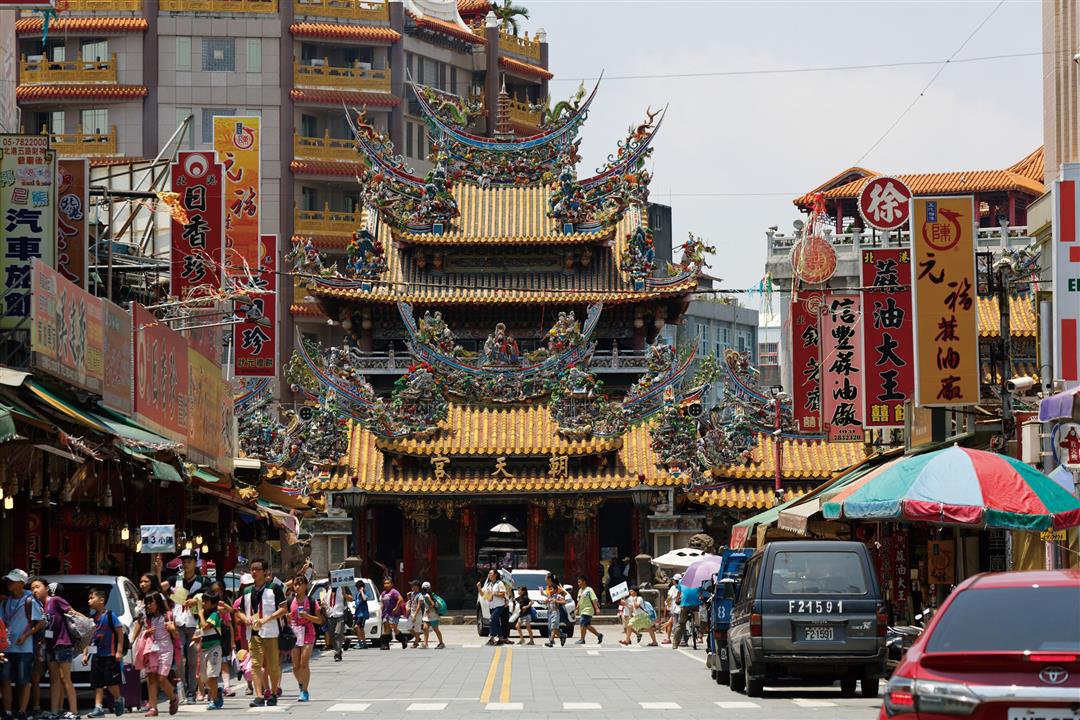
(left) Yunlin is a center of peanut cultivation, and the streets near Beigang’s Chaotian Temple are home to many traditional oil pressing firms.
An awakening nostalgia
However much the peanut harvest was delayed this summer, at six or seven on the morning of our visit, eight or nine farmers have already lugged numerous burlap bags full of peanuts to the door of the Ming Chang oil pressing plant. Zhang Binghao, the third-generation owner of the family firm, explains that scenes like this have been taking place since his grandfather was running the plant.
Founded more than 50 years ago, Ming Chang is located in Taichung’s Shalu District, which used to be a major center for peanut cultivation in Taiwan. Due to their proximity to growers, several dozen traditional pressing plants opened in Shalu and neighboring Changhua when the industry was booming. Zhang’s grandfather first gained experience maintaining grinders and presses at these factories before opening a plant of his own.
Currently the factory has nearly 20 oil grinding and pressing machines, half of which were built by Zhang’s father by hand. The most attention-grabbing one, which includes a stone millstone and rolling stone grinder, weighs a full metric ton.
Zhang explains that there are many steps in the production of peanut oil: The peanuts must be pan-roasted and crushed into a paste, which in turn must be steamed, formed into cakes and pressed for oil. Then the oil must settle before being bottled. The large corporate producers are all using automated equipment, with only a few traditional firms still using the old millstone-type presses.
In the past the millstones used for crushing and grinding peanuts were turned by water buffalo. Now the stone grinders used by traditional oil pressers are motorized, but they still create peanut oil by the same grinding action of stone. “The oil produced with them tastes a bit different from that produced by the corporate producers!” says Zhang. Quite a few old customers are attached to the traditional methods used by Ming Chang and have never taken their peanuts to be turned into oil anywhere else.
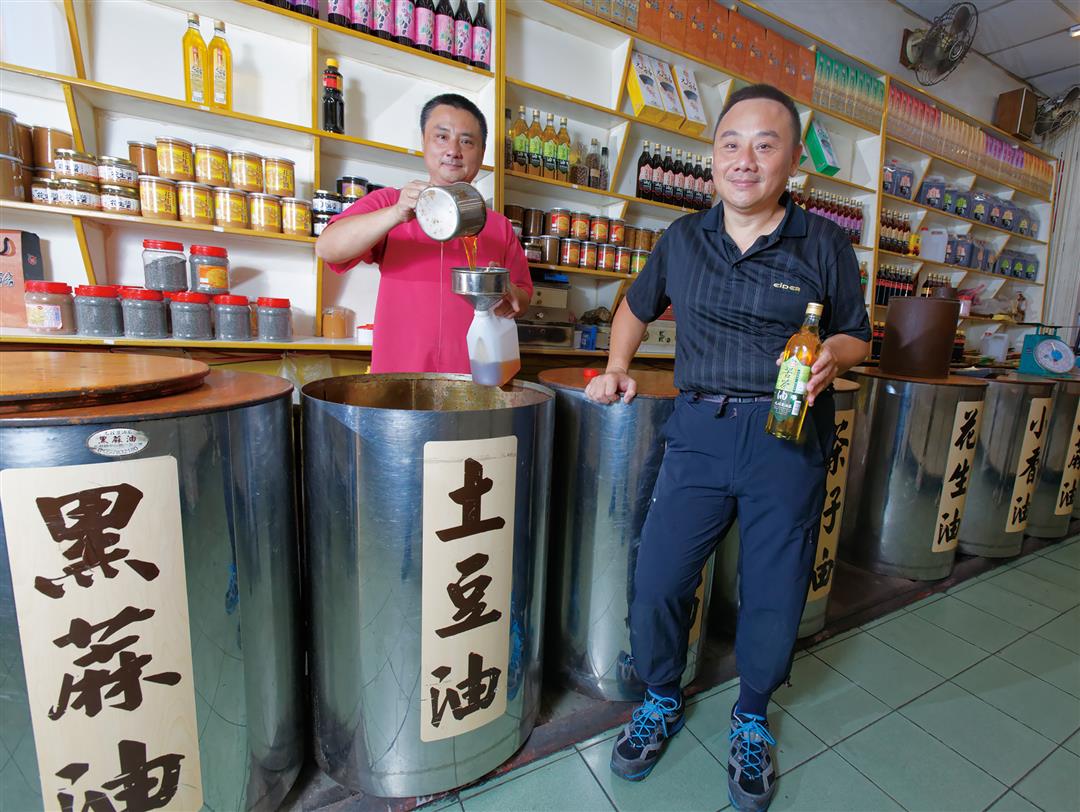
Young Full Sesame Oil’s Chen Weiren (left) and his brother Chen Weiji (right) began working at the family’s oil mill as youngsters.
Roasting them just right
A key determinant of peanut oil’s taste is the technique used in pan-roasting the peanuts before grinding and pressing. Liang Peilun, who married into the family firm more than 30 years ago, handles the roasting. She uses her eyes, rather than her nose, to judge if the peanuts are done. “If the peanut kernels are still a pale almond color, it means that they’re not ready yet,” she explains. “When they turn the color of cream, they’re almost done.”
Yet it’s hard to get them just right. If they’re not roasted long enough, not only will their aroma lack sweetness, but the oil pressed from them will still contain some moisture, which will limit shelf life. If they are cooked too long, they can burn. Alternatively, they can be overcooked on the outside and undercooked inside. “The best way is to cook a little beyond the appearance of ‘being done,’ and yet before they start to burn,” says Liang. “But it’s very difficult to cook them perfectly and it requires a lot of experience.”
After the key steps of pan-roasting and grinding, the peanuts are quickly steamed at 100°C and then placed in round metal forms to create cakes that are placed under a hydraulic press. Two hours later the transparent yellow oil will have been fully extracted.
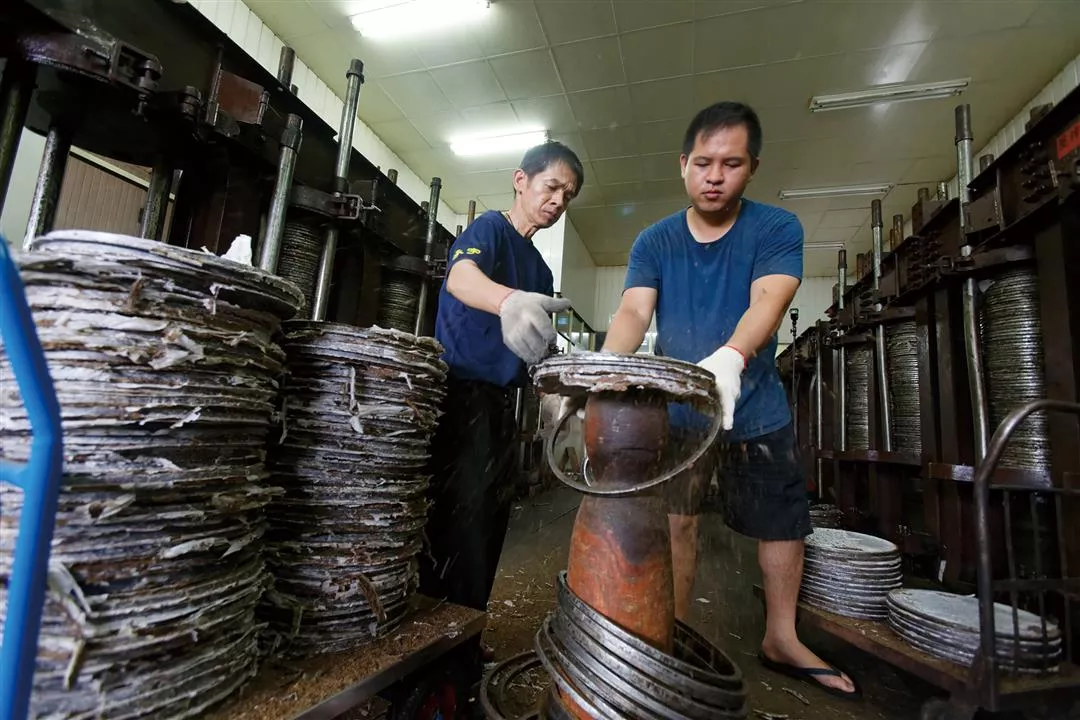
After extracting the oil, father and son Zhang Hongyu (left) and Zhang Binghao of Ming Chang Oil work to remove the metal forms that were used to shape the crushed peanuts into cakes for pressing.
A cultural legacy of three generations
Pan-roasting, grinding and pressing: these steps in the process of making peanut oil have long been familiar to Zhang Binghao, who started to help his parents make oil when he was in junior high school. In recent years, traditional makers have been shutting up shop one after the other in the face of large corporate competition. But Binghao, who is nearly 30, has been determined to carry on the traditional ways of his parents. He is also trying to launch a company brand that will make a name for good local oil. Yet creating a locally sourced brand has turned out to be harder than anticipated. He explains that as farmers have been growing older, the area given over to cultivation of peanuts has been shrinking, making it harder and harder to find enough locally grown peanuts to press.
With the adulterated oil scandals of recent years, quite a few of the firm’s former clients came back to them, but there has been limited growth in demand among younger people. Nevertheless, young parents from northern Taiwan have taken their children to Ming Chang to experience the whole process of making peanut oil, from selecting the peanuts to pressing the oil. “They can be assured of the quality of their oil and gain familiarity with the traditional oil pressing culture,” explains Zhang Binghao.
With its history of 100 years, the traditional peanut oil industry is finding a way to bridge the gap between old and new and to pass along its legacy.
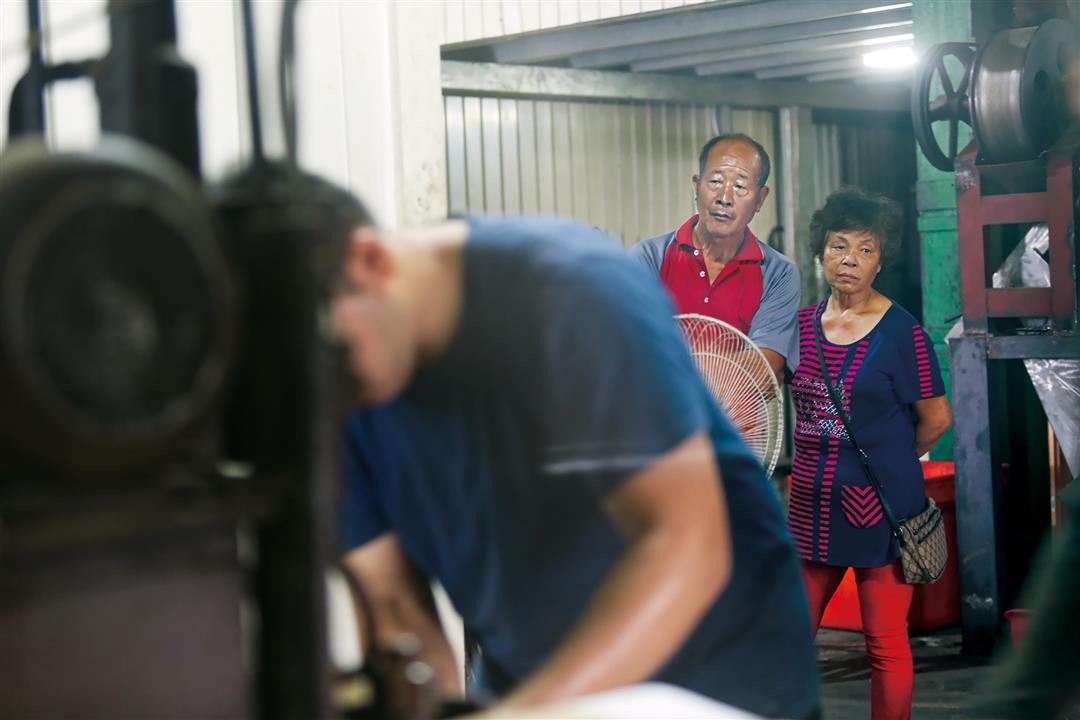
After the Dragon Boat Festival, quite a few customers bring peanuts they have grown themselves for pressing into oil.
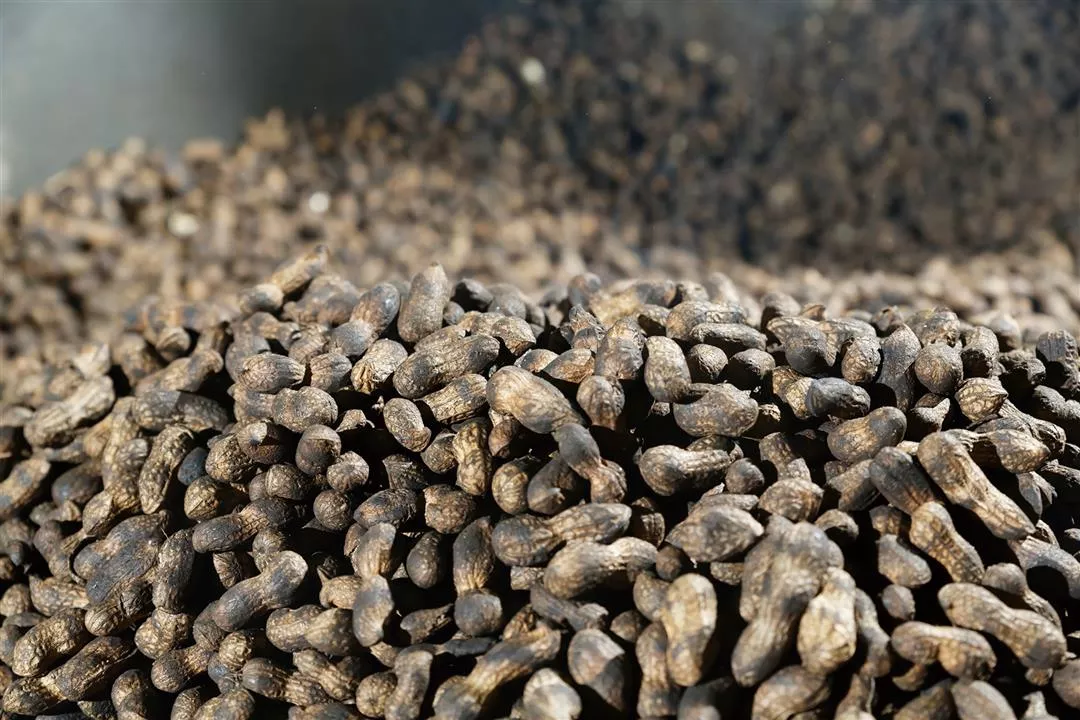
Roasting, crushing, pressing… there are six or seven steps to complete in the process of making crystal-clear peanut oil.
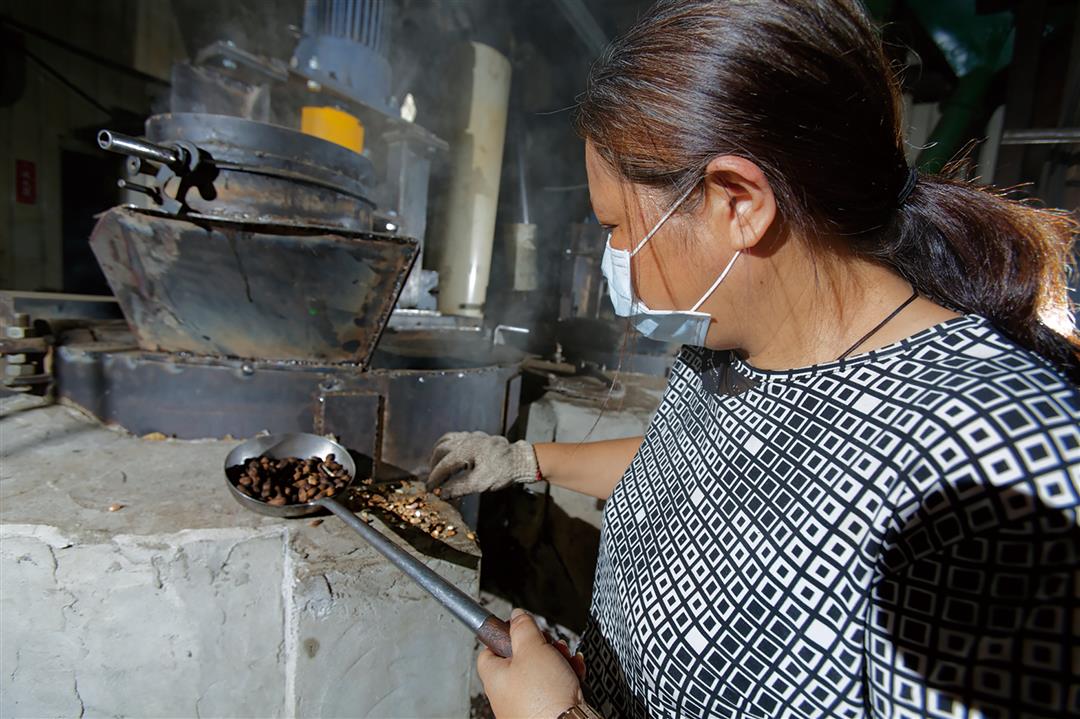
Roasting, crushing, pressing… there are six or seven steps to complete in the process of making crystal-clear peanut oil.
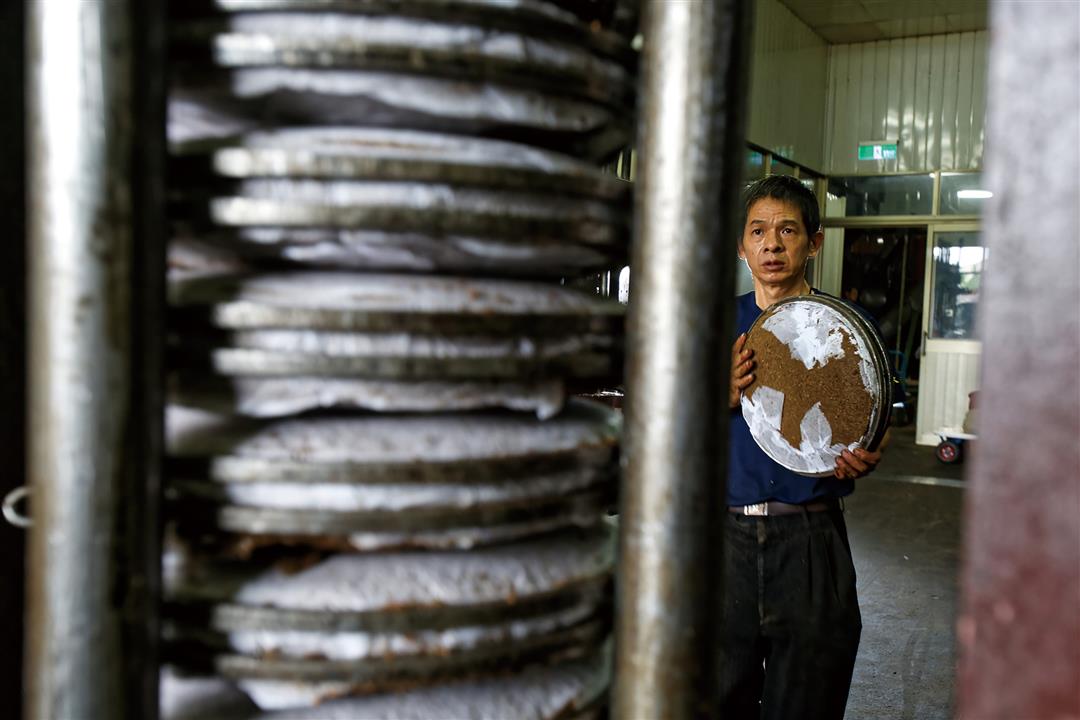
Roasting, crushing, pressing… there are six or seven steps to complete in the process of making crystal-clear peanut oil.
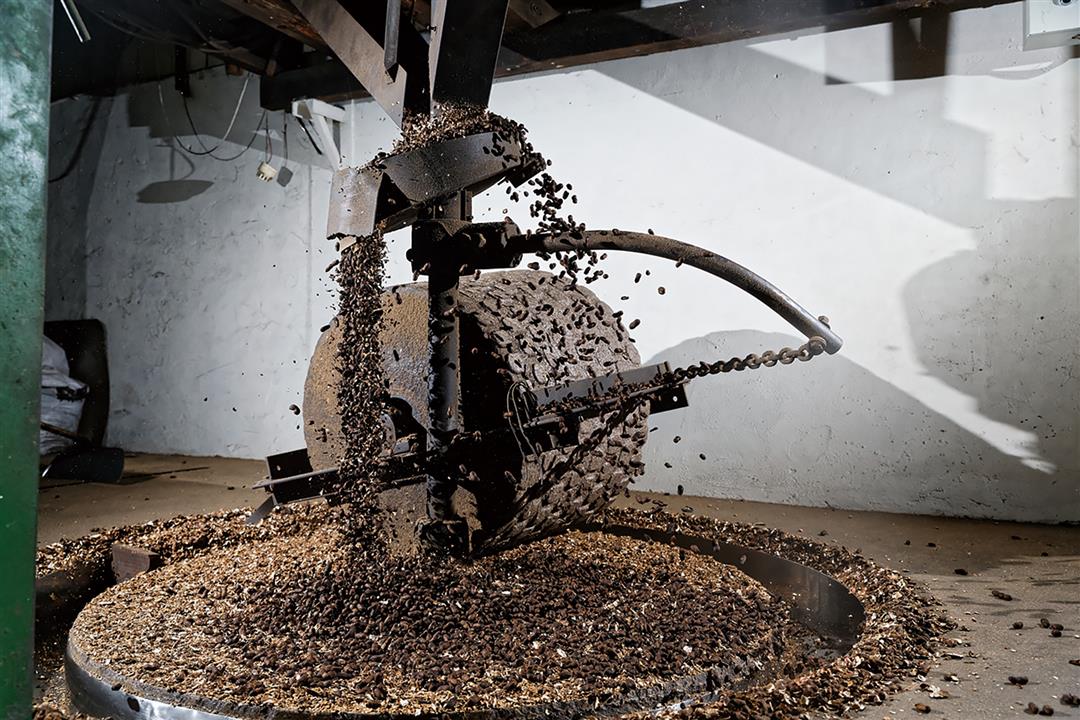
Roasting, crushing, pressing… there are six or seven steps to complete in the process of making crystal-clear peanut oil.
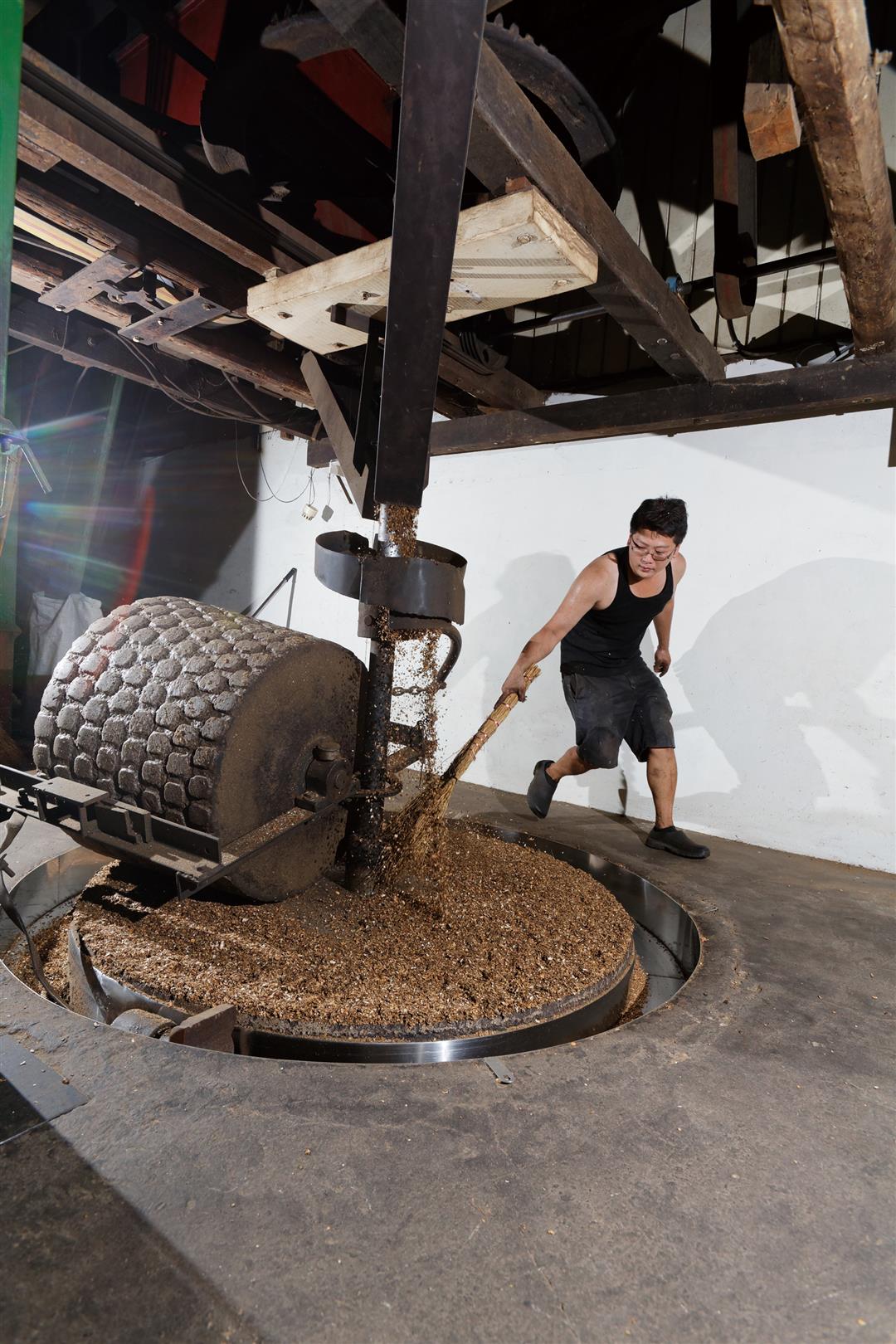
After the peanuts have been pan-roasted and crushed, Ming Chang uses traditional methods to press them.
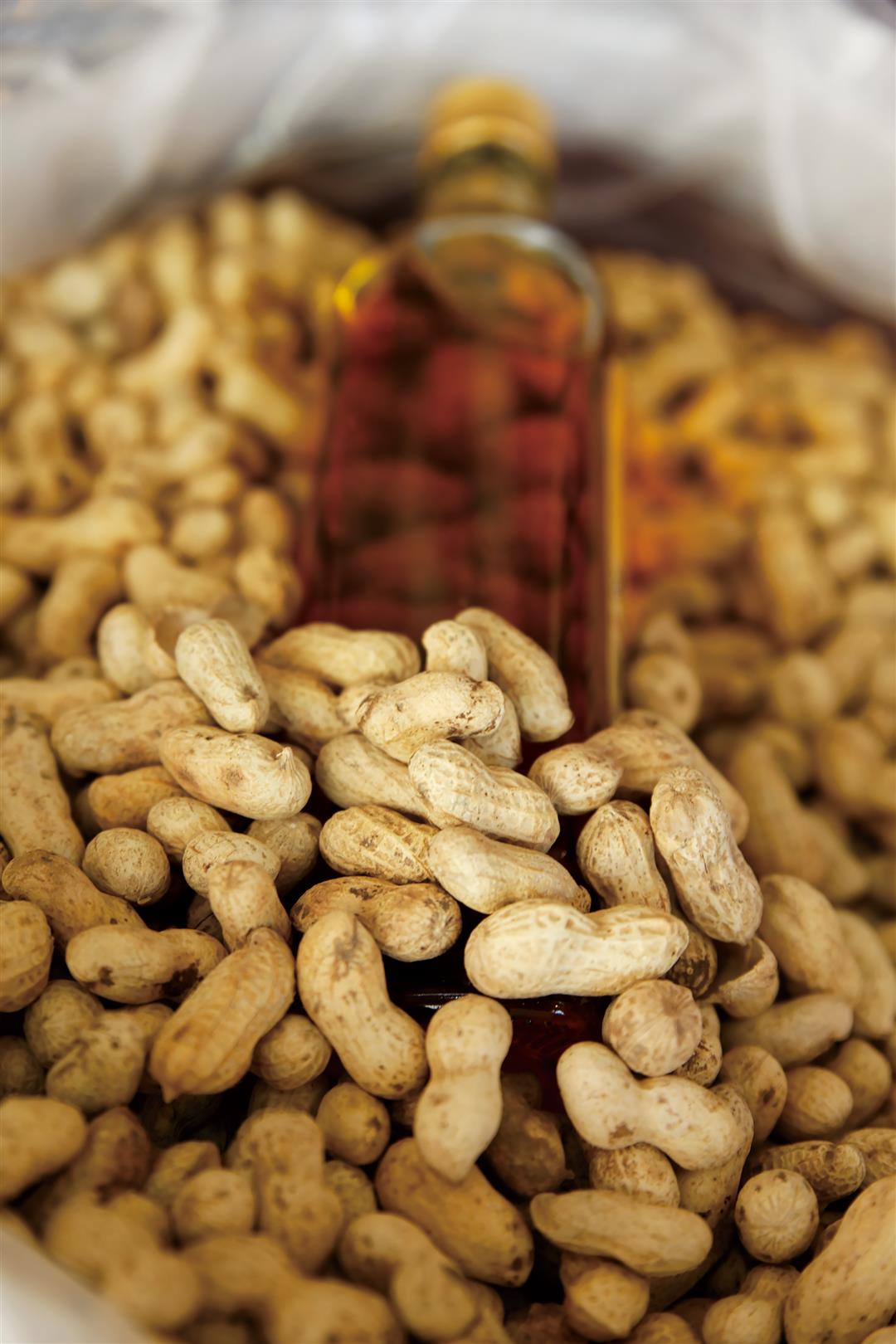
Pour a spoonful of peanut oil into a bowl of rice, mix in some soy sauce, and you’ve got a lightly fragrant simple meal, whose taste engenders nostalgia among the older generation.
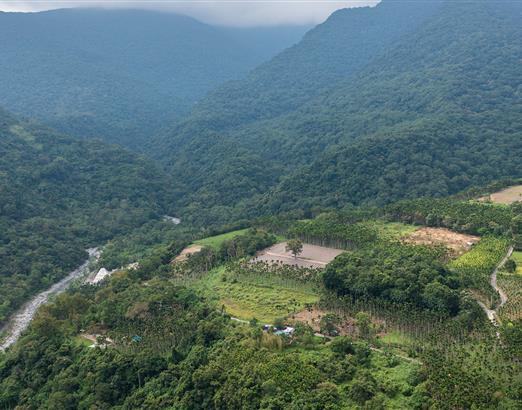



@List.jpg?w=522&h=410&mode=crop&format=webp&quality=80)


